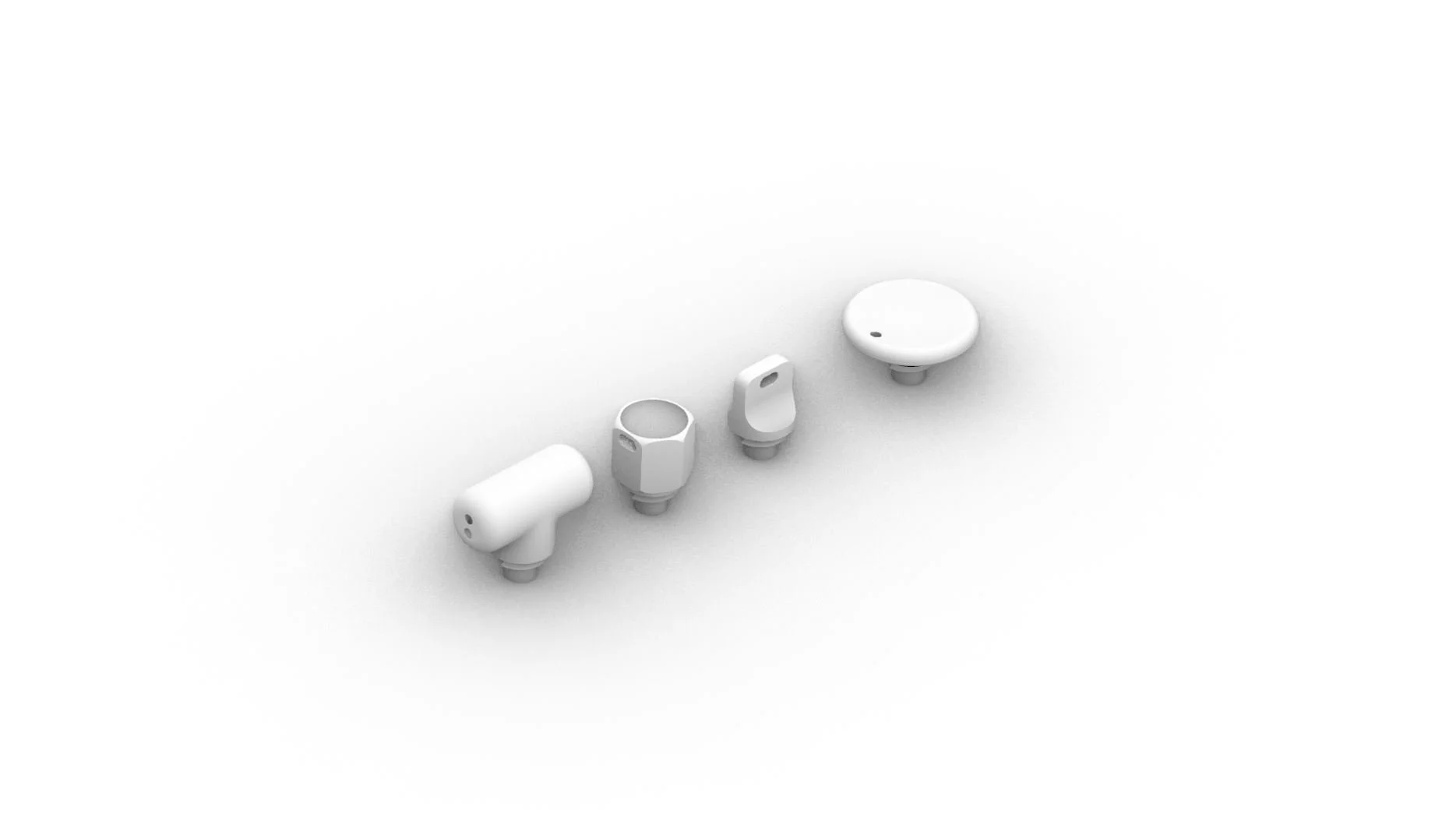
Adaptable pen grips for inclusive design
3D printed pen grips and UX design to help support people with disabilities.
Inclusive Design
Overview /
I used computational design techniques to design adaptable accessories for customers with disabilities. Customers are able to 3D print pen grips for Microsoft educational pen products.
The team conducted interviews, collected feedback, and created many design iterations. I also created an approachable UX design for users to customize their pen grips.
Patent award received.
Customer
People with disabilities
Stakeholders
Program managers, mechanical engineers, third party suppliers, marketing team
Designed at Microsoft
The Process /
I created the first iteration of 3D grips based off of ergonomic requirements, engineering criteria, and user research.
The research included:
Understanding user goals and needs
Uncovering pain points
The team sent grips to users and occupational therapists to conduct interviews and collect feedback.
Understanding the problem : Users with disabilities are unable to hold a traditional stylus.
Our goal: Develop adaptable grips for Microsoft educational pen products and create inclusive accessories.
“Some of the pens are sliding, it would be great to have some gripability”
“The cap actually helped me from dropping the pen”
Design Iterations /
My goal was to integrate user feedback, ergonomic feedback, engineering criteria and design intent to provide overall comfort and aesthetic grip forms. Based on interviews and user feedback two different adjustments were made —
I added texture to create a better grip and help reduce the overall weight
I designed different cap variations for users in order for them to be able to secure the cap in multiple ways.
Computational design — I used algorithmic 3D modeling to create hundreds of grip variations to integrate feedback.
Developing the Design + Wireframes /
An additional challenge was translating the 3D configurator into an approachable user experience. How does the customer relate to customization / how does the end-to-end purchase flow work?
Prototypes /
I created high fidelity prototypes and UI elements for customers to understand how to choose between different grips. I wanted to start with a large, clear workspace for users to achieve full customization.
Our team addressed customer pain points. From interviews it became clear that there was confusion surrounding which grip sizes to order. I created a real world size comparison chart and the team decided to sell a starter kit to customers to try out different sizes.
UI components to help users understand the sizes and configurations available to them —
Outcome /
Based on user feedback we reduced both the weight and created textures to provide better grip-ability. We created multiple grips and pen caps in order to offer the widest variety of support.
Project Takeaways + What’s Next /
I loved working on this project and hearing from our occupational therapists and users. The passion and involvement from each stakeholder was unparalleled.
Some next steps would include brainstorming even more ways to reach additional users. The design process is never finished and so we want to collect more feedback and continue to iterate on the design.

















